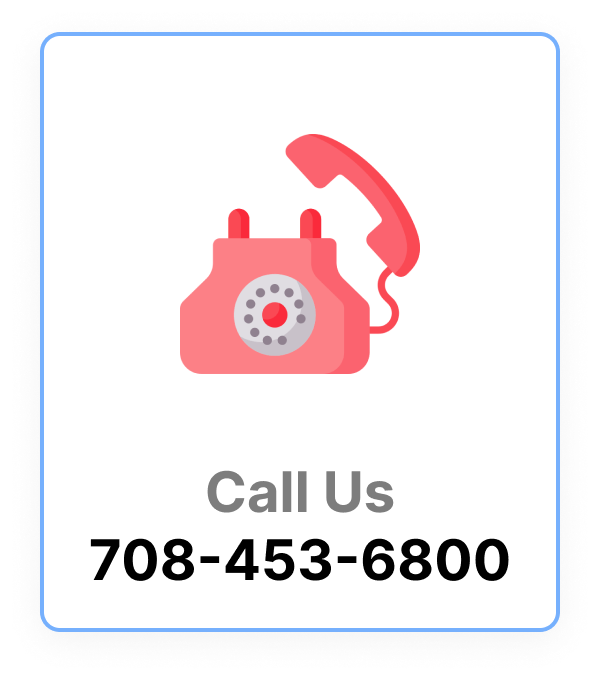Varicose Veins
Varicose Veins Overview
Varicose veins are veins on the leg which are large, twisted, and ropelike, and can cause pain, swelling, or itching. They are an extreme form of telangiectasia, or spider veins. They occur in 25-30% of the western population. Male and females are equally affected. 1 in 8 teenagers develop early signs of “leaking valves”.
Varicose veins result due to insufficiency of the valves in the communicating veins. These are veins which link the superficial and deep veins of the lower limb. Normally, blood flows from the superficial to the deep veins, facilitating return of blood to the heart. However, when the valve becomes defective, blood is forced into the superficial veins by the action of the muscle pump (which normally aids return of blood to the heart by compressing the deep veins).
In the world of Vascular Surgery varicose veins and other venous pathologies have taken a back seat to arterial disease. Until recently venous disease hasn’t received much press, except in a small circle of academicians. However, now that minimally invasive techniques have become available, this field has started to take root.
For years leg pain due to venous insufficiency has been endured by many without treatment and yet the diagnosis can currently be made fairly quickly and easily. An office exam and an ultrasound are usually all that are needed to arrive at the diagnosis.
The diagnosis of the origin of the problem is critical in arriving at the proper treatment. There are several treatments available depending on the underlying cause. Simply treating the visible abnormalities and not the root of the cause is sure to lead to a recurrence of the symptoms in short order.
What is the VNUS Closure procedure?
Healthy leg vein valves keep blood flowing out of the legs and back to the heart. In venous reflux disease these valves become damaged or weak and do not close properly.
Some of the symptoms of venous reflux disease are aching legs swelling itching, pain, tired legs at the end of the day, throbbing, varicose veins.
The VNUS Closure procedure is used to treat venous reflux disease (e.g. varicose veins) in the superficial venous system. Ultrasound is used to determine if a patient is a candidate for this procedure. At Suburban Surgery Center/Center for Advanced Vein Care, we offer the convenience of ultrasound right in our office. In addition, VNUS Closure is performed on an outpatient basis usually also in our office.
During the VNUS Closure procedure, an incision is made in the leg and a small catheter is inserted into the diseased vein. As the catheter is removed, heat from the tip of the catheter causes the vein wall to shrink and the vein to close.
A simple bandage is placed over the incision site and compression is used to promote healing. The patient is instructed to walk but refrain from extended standing or strenuous activities. The patient can usually resume normal activities the next day.
Advantages of VNUS Closure
- Outpatient procedure, usually done in the office
- Less post-operative pain and bruising
- Resumption of normal activities usually within a day
- Quicker return to work than with the traditional vein stripping
- Long-term relief of symptoms
Available options
Varicose veins are more common in women than in men, and are linked with heredity. Other related factors are pregnancy, obesity, menopause, aging, prolonged standing, leg injury and abdominal straining. Varicose veins are bulging veins that are larger than spider veins, typically 3 mm or more in diameter.
As the popularity of minimally invasive therapies has increased, more has been learned about the different options available. There are 2 treatment options in the realm of endovascular interventions where a catheter is placed into the vein and energy from the catheter tip is used to close the vein. The difference between the two options is the type of energy source. One source is laser and the other is radio frequency. It seems as though there is less aching, bruising and discomfort with the radiofrequency alternative as noticed in the days following the procedure. This procedure using radio-frequency is called VNUS Closure.
Other options include making small incisions (a couple of millimeters long) and simply removing the veins as well as sclerotherapy. Sclerotherapy is the process of injecting a solution through a small needle into the vein to close it.
Again, the best course of action is to be determined by the underlying pathology and the treatment you and your doctor agree on. By taking this approach you will be the most satisfied and you will have the least recurrence rate possible.
How long does this procedure take?
The benefit of modern technology is that most of the treatments now used are based in the office setting. Gone are the days when a person has to go to the hospital, usually very early in the morning, get blood drawn, have an IV started and then spend the majority of the morning, if not the afternoon, in the hospital.
Most office procedures are performed in 45 minutes or less without the need for IVs or blood draws. Normal activity is resumed later that day or the next day without the need for prescription pain medicine.
Symptoms of Varicose Veins
- Aching, heavy legs (often worse at night)
- A brownish-blue shiny skin discoloration around the veins
- Skin over the vein may become dry, itchy and thin, leading to eczema (venous eczema)
- The skin may darken (stasis dermatitis), because of the waste products building up in the legs
- Minor injuries to the area may bleed more than normal and/or take a long time to heal
- Rarely, there is a large amount of bleeding from a ruptured vein
- In some people, the skin above the ankle may shrink (lipodermatosclerosis) because the fat underneath the skin becomes hard.
- Restless Leg Syndrome appears to be a common overlapping clinical syndrome in patients with varicose veins and other chronic venous insufficiency.
Complications of Varicose Veins
- Most varicose veins are relatively benign, but severe varicosities can lead to major complications, due to the poor circulation through the affected limb.
- Pain, heaviness, inability to walk or stand for long hours thus hindering work
- Skin conditions / Dermatitis which could predispose skin loss
- Ulcer : non healing varicose ulcer could threaten limb amputation
- Coagulation of blood in varicose veins cause superficial thrombosis, deep vein thrombosis (DVT) & could precipitate stroke in the rare cause of predisposed individuals (that is, patients with patent foramen ovale).
- Cancer: long standing venous ulcer has the potential risk for cancer.





